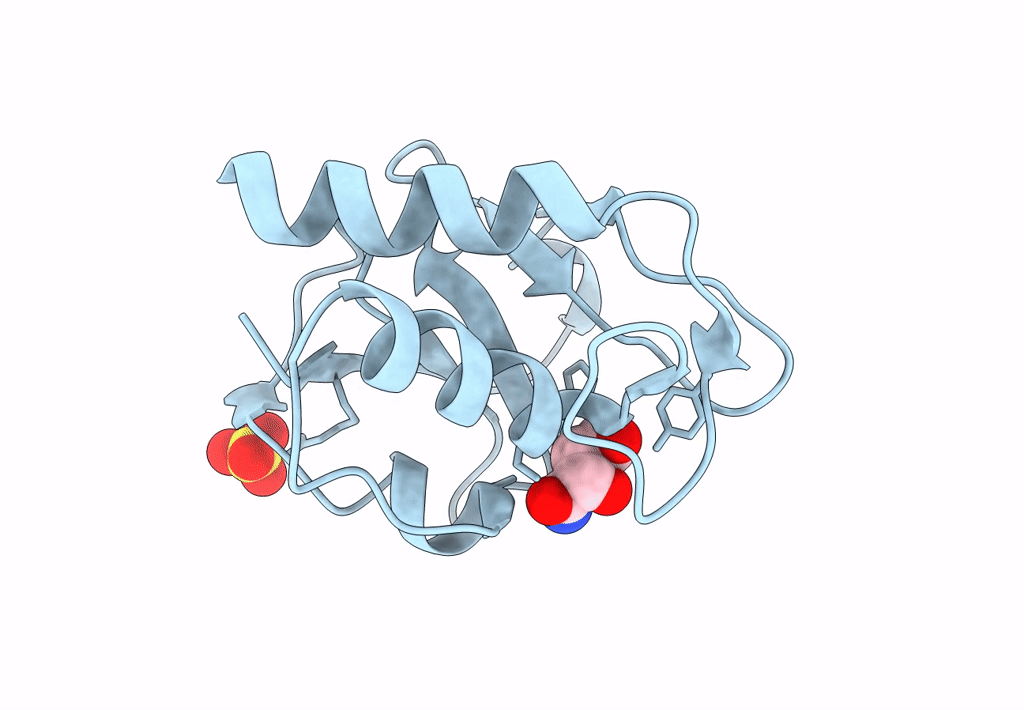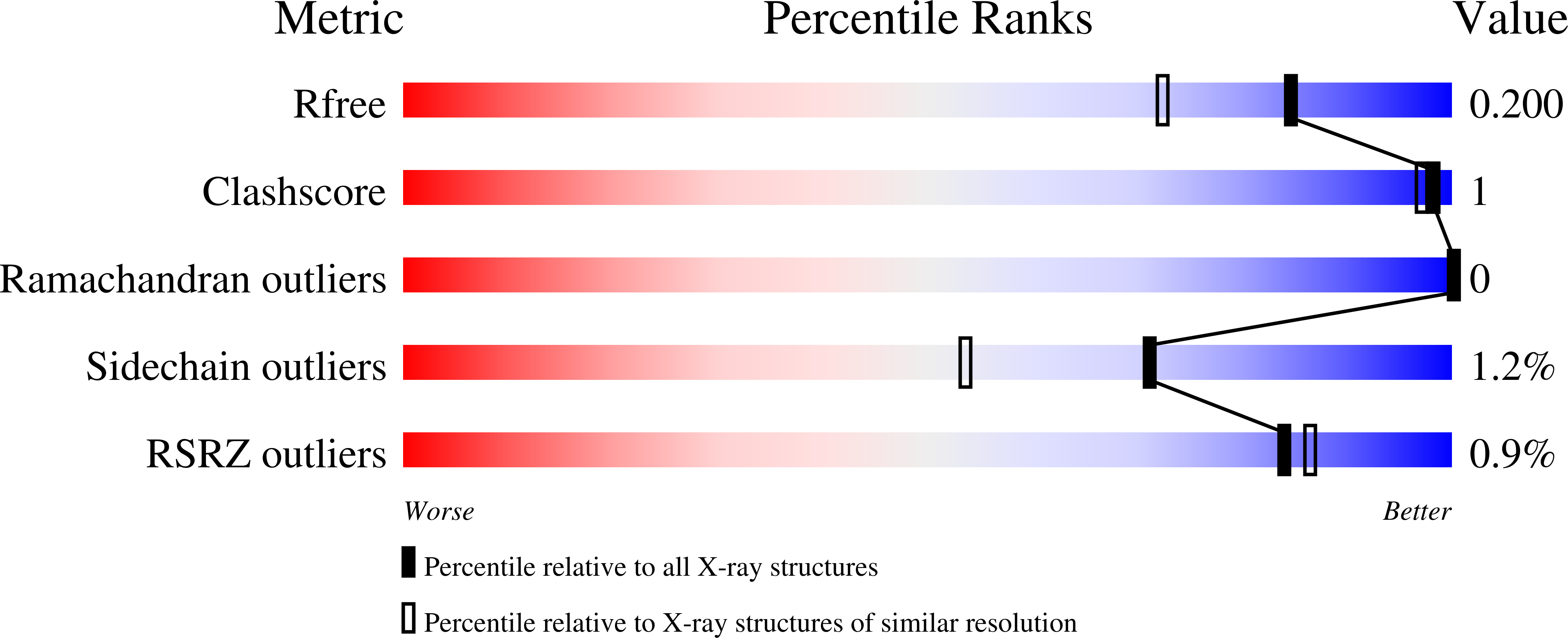
Deposition Date
2022-10-19
Release Date
2023-09-06
Last Version Date
2024-11-13
Entry Detail
PDB ID:
8EV5
Keywords:
Title:
NlpC B3 covalently bound with E64 inhibitor fragment
Biological Source:
Source Organism:
Trichomonas vaginalis (Taxon ID: 5722)
Host Organism:
Method Details:
Experimental Method:
Resolution:
1.65 Å
R-Value Free:
0.18
R-Value Work:
0.17
R-Value Observed:
0.17
Space Group:
P 41 21 2


